Click to view our Accessibility Statement or contact us with accessibility-related questions






PRODUCTS YOU MAY LIKE
Trending Posts in Audiophile
AntonetteCBak
Tips for Setting Up a Trading Desk with a Laptop
Creating an efficient and organized trading desk with just a Best laptops for trading requires a strategic approach to maximize productivity and trading success. Whether you’re a beginner or a seasoned trader, having the right setup ensures seamless execution of trades, minimizes errors, and keeps you focused. Below are essential tips to set up a professional trading desk using a laptop. Invest in a high-performance laptop tailored to trading needs. Opt for a model with a fast processor (e.g., Intel i7 or AMD Ryzen 7), at least 16GB of RAM, and a solid-state drive (SSD) for quick data access. Ensure the laptop has multiple ports for connecting peripherals and a high-resolution display for crisp chart visibility. Trading often involves monitoring multiple charts, news feeds, and trading platforms simultaneously. Connect your laptop to external monitors using HDMI or USB-C ports to expand your workspace. Dual or triple monitor setups allow for better multitasking and a...
Nov 21, 2024

abhinavkumar
Company Information in Dubai
Get comprehensive company information in Dubai, including registration requirements, licensing options, and compliance guidelines. Whether you’re exploring free zones, mainland, or offshore setups, our expert resources provide insights to help you make informed business decisions. Navigate Dubai’s business landscape with clarity, from legal requirements to operational support for a successful establishment. For more details:- https://leelainternational.com/
Nov 21, 2024

Leafwise
Show off your carry / bag / case / setup for your Head-Fi gear ✨
As subject, what do y'all carry your gear in for out-and-about/day-to-day and then for travel, if anything other than pockets?
Nov 19, 2024
keegu22
More bass!
I currently have the the HD 6XX, which sound great but, I'm am looking to upgrade the power of the bass as i really enjoy punchy low end EDM music. Any suggestions in the $200-$300 price range would be awesome.
Nov 13, 2024

danielj9
Trying to add Topping LA90D amp to Topping A9D preamp
Any help would be appreciated...I added an amp to my streamer, dac, headphone amp/preamp system and am now not getting any music through the headphone jacks on the preamp - the specifics: Wiim Pro Plus - optical connection to - Topping D50 iii dac - TSR to XLR connection to - Topping A9D headphone amp/preamp (all worked fine as a headphone amp until I tried adding:) - XLR connection to - Topping LA90 D amp. Amp switches are set to bypass, stereo, low gain. In this configuration, I am not getting any music to either my SE or XLR headphone jacks. I made sure I switched the A9D to "preamp" and "xlr" modes. I have no idea what I might be overlooking or missing...any thoughts would be deeply appreciated! Thank you.
Nov 11, 2024

Tremuh
Trying to find new headset
I currently am rocking the beyerdynamic DT 990 Pros and have been for a while now, along with a go xlr! I was trying to see what other headset you guys recommend along with something to replace the xlr? Thank you!
Nov 7, 2024

aiden.miller
Mic not working pc38x
I just got my pc38x in the mail today and the out put is quiet but fine and I'm happy. But the mic will not work when on my Xbox series and I was wondering if this issue can be resolved or if the head set is not compatible with Xbox.
Nov 4, 2024

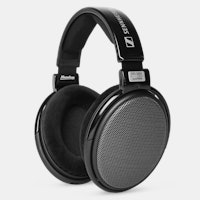

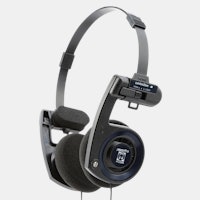
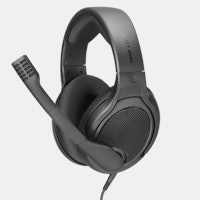
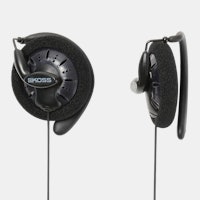
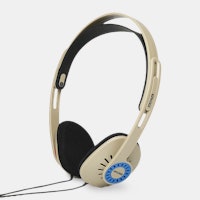
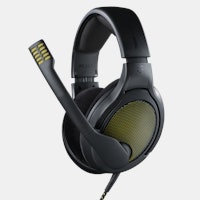
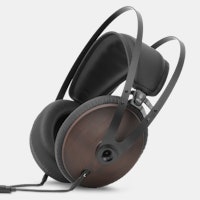
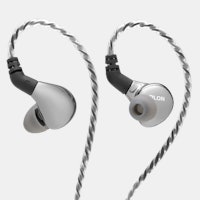

I certainly won't try to pitch you on whether cables make a difference or not as that's a losing battle. But I do want to state that designing our new line of wires took just as much time, effort and R/D as designing any of our headphones. A lot of time was spent comparing wires and finding out what made the most noticeable changes for positive audible changes in signal conduction and making sure the wires feel and look of premium quality. Believe it or not braided cables with top quality wire cost a lot to make. If you compare what we offer for the price, it's much less expensive than a lot of other stuff out there. Whether you buy them is of-course up to you, and a decision each headphone user will have to make on their own. I often tell potential cable customers that cables are aesthetic, sonic and form factor upgrades (not always in that order for each person). What percentage that equals always differs for each specific person as with anything in audiophilia. In short - we're not telling you that you need a cable to enjoy your gear. But for those that believe in it and want a top quality cable, we did our best, I promise!
1. Lowering the resistance by using as many strands as possible per AWG = less hash, strain to the sound. More natural effects with notes "popping" more instead of sounding strained at all. 2. Nylon insulation helps direct current away from the center of the wire and helps dampen from wire movement and/or static build-up. This helps stay away from stridency in the sound. 3. A combination of the above depending on the amount of strands and strand size used and whether we used silver or copper could take the cable in a number of directions. We spent a lot of money trying different bundle configurations to find what sounded subjectively best with our and other MFR's headphones.
As far as showing you graphs, what I can say is this. It's the same thing as different woods with our headphones. They sound very different, and it's not until you sit someone down with a Blackwood headphone and a Teak headphone that they realize how different a headphone tuned exactly the same with two different woods can sound. All material, whether it be wood, metal, etc has different qualities that affect timbre. You really have to hear it to understand it, posting a bunch of CSD's, IR's etc etc may show slight differences, but especially with cables the sonic difference is too slight to be able to tell you it's worth buying or not. That's something you'll have to answer for yourself.
As for cables the changes are small, but a few small changes do come together to make a larger difference. I originally began chaining cables to accommodate a balanced amplifier I owned and to make a single modular system for all my headphones, so I never noticed any difference from the cable it self as non of my "stock" sables worked with the best amp I had atm.
What took me by surprise was what I heard when I made some upgrades and switch back to Single End from balanced, an one day one of my custom cables had a tear in it. Entirely my fault and the builder happily repair'd it for me. How ever during that time I had to swap back into one of my stock cables, and right off the bat I noticed how harsh every sounded! So for me I more or less stumble'd on the fidelity differences
Non the less, as for hearing it I just recommend you try it one day. Get a cable, listen to it for a week, and just focus on your music.
Then switch back to the original, most of the time IF the difference is enough for you to notice... you'll notice it. An when you do the switch back pick a track that you like and know well. An sometimes you may not have a word for what's off but... you'll notice that somethings off.
An if you don't notice anything, well that's fine too! Sound fidelity aside, a lot of second hand cables tend to be built to better standards than stock options and often have a nice look & feel to them. Plus you'll often get a Warranty with that equipment that includes some repairs and maintenance that goes beyond what the manufacturer offers you.
Either way like a lot of things in the Audio hobby it's good to hear it for your self. Don't get caught up in the negative or positive feed back until you've had a chance to listen for yourself!
1. The pin assignment for the 4-Pin XLR